Sports Medicine ( IF 9.3 ) Pub Date : 2024-05-17 , DOI: 10.1007/s40279-024-02041-0
Andreas Konrad 1, 2 , Shahab Alizadeh 3 , Saman Hadjizadeh Anvar 2 , Josef Fischer 1 , Josefina Manieu 1 , David G Behm 2

|
Background
Long-term static stretching as well as foam rolling training can increase a joint’s range of motion (ROM). However, to date, it is not clear which method is the most effective for increasing ROM.
Objective
The purpose of this systematic review and meta-analysis was to compare the effects of static stretching and foam rolling training on ROM.
Methods
The literature search was performed in PubMed, Scopus, and Web of Science to find the eligible studies. Eighty-five studies (72 on static stretching; and 13 on foam rolling) were found to be eligible with 204 effect sizes (ESs). For the main analyses, a random-effect meta-analysis was applied. To assess the difference between static stretching and foam rolling, subgroup analyses with a mixed-effect model were applied. Moderating variables were sex, total intervention duration, and weeks of intervention.
Results
Static stretch (ES = − 1.006; p < 0.001), as well as foam rolling training (ES = − 0.729; p = 0.001), can increase joint ROM with a moderate magnitude compared with a control condition. However, we did not detect a significant difference between the two conditions in the subgroup analysis (p = 0.228). When the intervention duration was ≤ 4 weeks, however, a significant change in ROM was shown following static stretching (ES = − 1.436; p < 0.001), but not following foam rolling (ES = − 0.229; p = 0.248). Thus, a subgroup analysis indicated a significant favorable effect with static stretching for increasing ROM compared with foam rolling (p < 0.001) over a shorter term (≤ 4 weeks). Other moderator analyses showed no significant difference between static stretch and foam rolling training on ROM.
Conclusions
According to the results, both static stretching and foam rolling training can be similarly recommended to increase joint ROM, unless the training is scheduled for ≤ 4 weeks, in which case static stretching demonstrates a significant advantage. More studies are needed with a high-volume foam rolling training approach as well as foam rolling training in exclusively female participants.
中文翻译:

静态拉伸训练与泡沫轴滚动训练对运动范围的影响:系统回顾和荟萃分析
背景
长期静态拉伸以及泡沫轴滚动训练可以增加关节的活动范围 (ROM)。然而,迄今为止,尚不清楚哪种方法对于增加 ROM 最有效。
客观的
本系统回顾和荟萃分析的目的是比较静态拉伸和泡沫轴滚动训练对活动度的影响。
方法
在 PubMed、Scopus 和 Web of Science 中进行文献检索,以查找符合条件的研究。 85 项研究(72 项关于静态拉伸;13 项关于泡沫轴滚压)被发现符合 204 个效应量 (ES)。对于主要分析,应用了随机效应荟萃分析。为了评估静态拉伸和泡沫轴滚动之间的差异,应用了混合效应模型的亚组分析。调节变量是性别、总干预持续时间和干预周数。
结果
与对照条件相比,静态拉伸(ES = − 1.006; p < 0.001)以及泡沫轴滚动训练(ES = − 0.729; p = 0.001)可以适度增加关节活动度。然而,我们在亚组分析中没有发现两种情况之间存在显着差异( p = 0.228)。然而,当干预持续时间≤ 4 周时,静态拉伸后 ROM 出现显着变化(ES = − 1.436; p < 0.001),但泡沫轴滚压后没有出现显着变化(ES = − 0.229; p = 0.248)。因此,亚组分析表明,与泡沫轴滚压相比,静态拉伸在短期内(≤ 4 周)对增加 ROM 有显着的有利影响 ( p < 0.001)。其他调节器分析显示静态拉伸和泡沫轴滚压训练之间的 ROM 没有显着差异。
结论
根据结果,静态拉伸和泡沫轴滚压训练都可以类似地推荐来增加关节活动度,除非训练时间≤4周,在这种情况下静态拉伸表现出显着的优势。需要对大容量泡沫轴训练方法以及专门针对女性参与者的泡沫轴训练进行更多研究。





















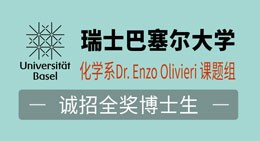
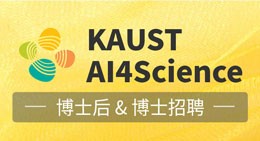
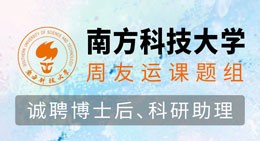
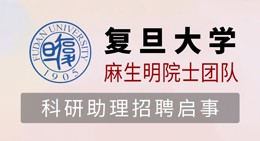
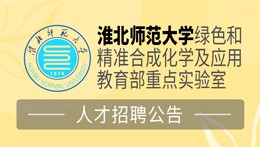



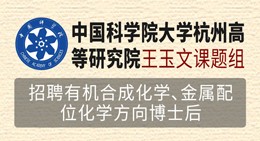



 京公网安备 11010802027423号
京公网安备 11010802027423号